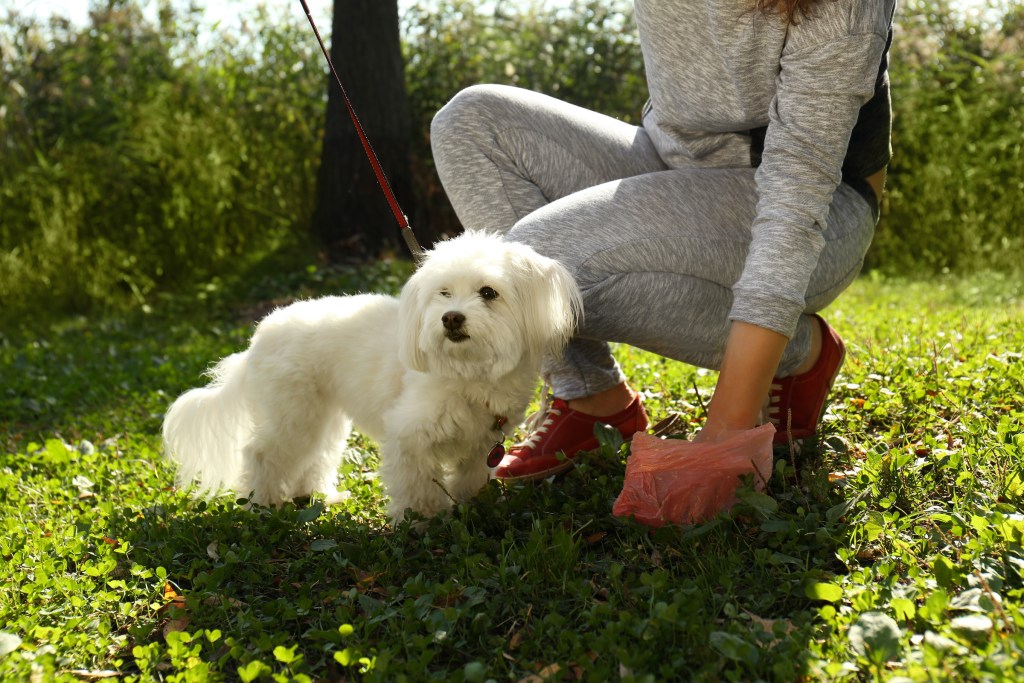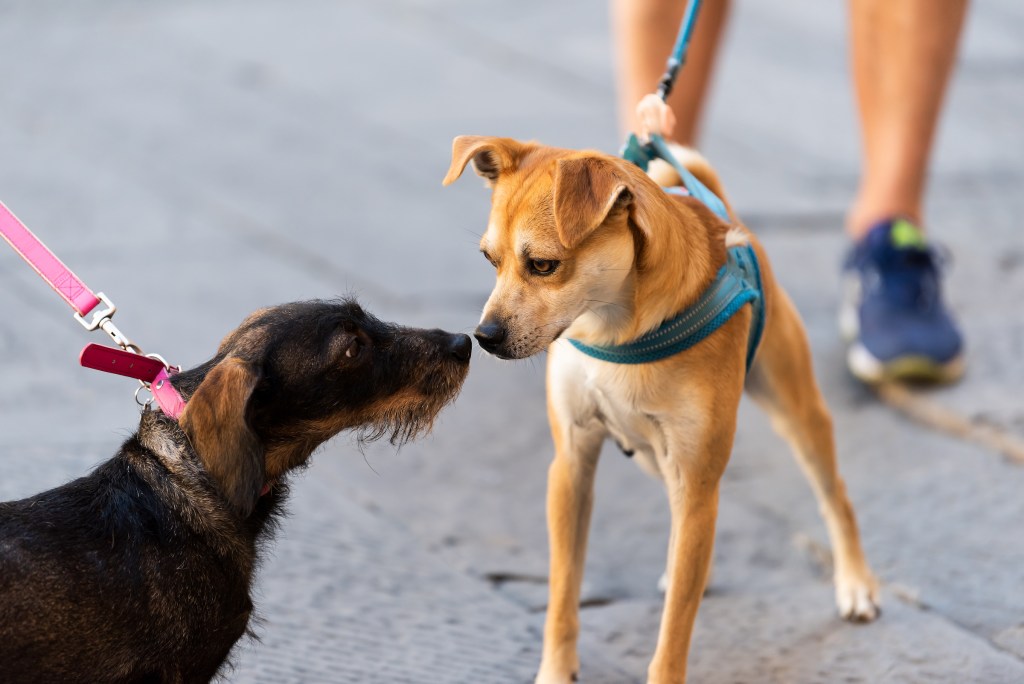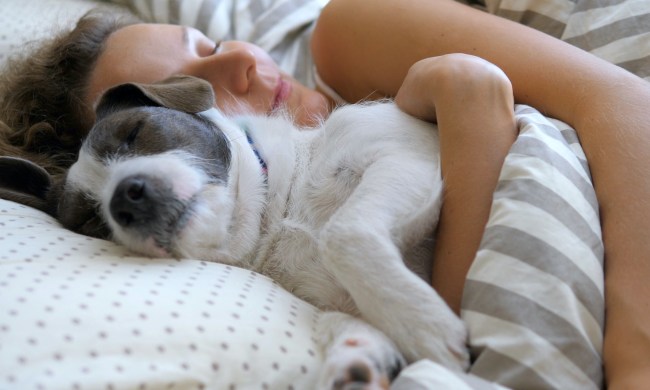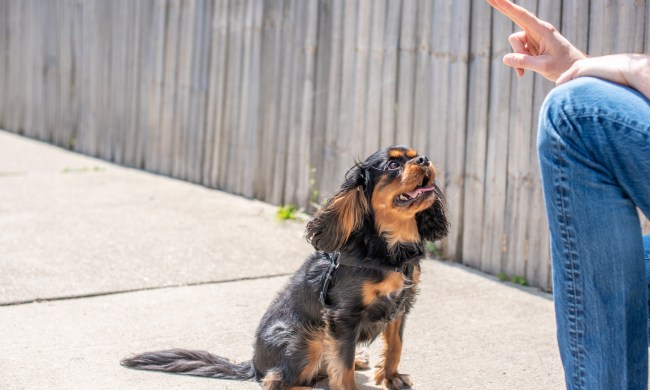Exercising your furry friend may feel like, well, a walk in the park, but there’s more to consider than you think. First things first: teaching your pup leash manners is a must; then there’s the matter of learning dog-walking etiquette yourself. Whatever you do, though, there’s one rule you should always follow: clean up after your dog.
This may (and should) seem like an obvious thing to do, but you’d be surprised how many pup parents skip this step of the walk. Even so, this is just one faux pas — ahem, faux paw — you can commit while helping your best buddy get some fresh air. From interacting with other dogs to disturbing the balance of nature, here are a few things you should and shouldn’t do while on a dog walk.
Don’t ditch the poop bags
Picking up after your pet might be inconvenient, but it’s necessary for the safety and comfort of all the other beings who enjoy the same spaces you do. People won’t slip on poop, other dogs won’t be tempted to eat it, and the nearby plant life can stay clean.
Here’s the catch: you can’t just pick up the poop. You’ve got to throw away the bag, too, and we don’t mean tossing it behind a bush or leaving it on the side of the road. Even if you think you’re going to grab the bag to toss on your way back, you risk forgetting or letting other animals get to it first. It’s better just to grab it!
What to do instead
As gross and inconvenient as it may be to carry around your dog’s waste, there’s likely a trash can closer than you think (parks and trailheads are always great places to look). But if there isn’t, stay strong and keep that bag with you until you’re able to dispose of it properly.
To help you endure this smelly task, why not try out a new tool or tactic? Double-bagging your dog’s surprises can ensure your hands stay clean, though you can also invest in a tool like Dumper Cables, which holds the poop bag for you. If the act of picking up your pup’s waste is what gets you, you can try out a portable pooper scooper, too. Dog walks have never been cleaner!
It may feel great to have this part of your outing all figured out, but there are a few other etiquette tips to keep in mind while walking your four-legged friend.

Keep Mother Nature in mind
Picking up poop bags is just one way you can protect the flora and fauna of your favorite walking places. Just remember to pick up after yourself, too! It’s easy to think that one lost piece of litter is no big deal, but every piece of trash can add up into a very big deal.
As for your furry friend, help them respect nature’s boundaries by keeping them on marked trails and sidewalks. Chasing wildlife is generally a no-no, too, but some pups will make enthusiastic hunting partners with the proper training. Make sure to research any lakes, rivers, or other bodies of water before letting your buddy play in them, too — it’s for everyone’s safety! No matter what you do, though, be sure to follow all signs, warnings, and rules in the area.

Advocate for your dog
It’s important to keep everyone feeling safe and comfortable during a dog walk, including your pup. How can you do that? Understanding a bit of canine body language is a great place to start so that you can be your dog’s voice while out and about. If they seem at all uncomfortable, try walking in a different spot or in the opposite direction of people. Don’t be afraid to tell someone “no thank you” if they or their dog approaches without your permission, and don’t be afraid to ask for an introduction if your buddy seems curious and relaxed.
Don’t forget to be kind
Last but not least, remember to approach dog walking with patience and kindness to everyone, especially strangers. They may not have the same knowledge of canine behavior or walking etiquette, or they may be overwhelmed in the moment. You may have different opinions about walking safety, too, but an argumentative attitude won’t get you anywhere.
If you keep these important considerations in mind while dog walking, you’ll make it more enjoyable for everyone — even the pups! Small changes can make a world of difference, after all, so there’s no reason not to put your best foot forward every time you and your buddy leave the house



